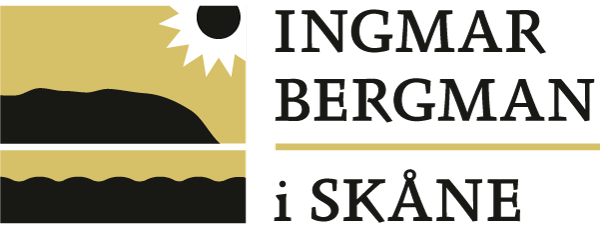Ingmar Bergman in Skåne
It was while living and working in Skåne during the mid-1950s that Bergman enjoyed one of his most productive artistic periods.
However, the first time he lived in the region was back in 1944-6, during his successful tenure as director of the Helsingborg City Theatre. After a period spent in Gothenburg and a brief stay in Stockholm, he once again made his way south and was in 1952-9 employed as director and artistic advisor at the Malmö City Theatre. He enjoyed tremendous success at these two theatres, and his time in Malmö is often described as the ‘Bergman epoch’. During this period, he staged seventeen productions and established ties with several of the actors who were to feature heavily in his future creative endeavours, such as Bibi Andersson, Max von Sydow, Ingrid Thulin, Harriet Andersson, Gunnel Lindblom, Naima Wifstrand, Max von Sydow, Gertrud Fridh and Gunnar Björnstrand.
With performances at the City Theatre taking place in the autumn and spring, the summers were reserved for filming, during which the Malmö ensemble was complemented with other actors. (More information is available under the ‘Misc’ menu.)
In total, Bergman shot scenes from eight of his films in Skåne, many of which are among his most notable. The Skåne landscape, with its wide horizon and rugged, rocky coastline (the Bjäre peninsula), inspired Bergman to new heights in terms of his imagery and depictions of nature. At Jordberga Castle, Övedskloster and Norrviken Gardens, he discovered environments that particularly fired his imagination, as he did moreover in Ystad’s well-preserved old town and the familiar streets of Helsingborg. And where else could the finale of his masterpiece Wild Strawberries take place other than on Universitetsplatsen in Lund?
